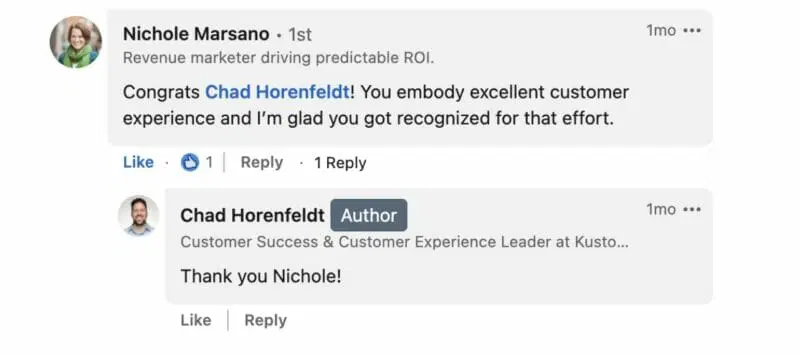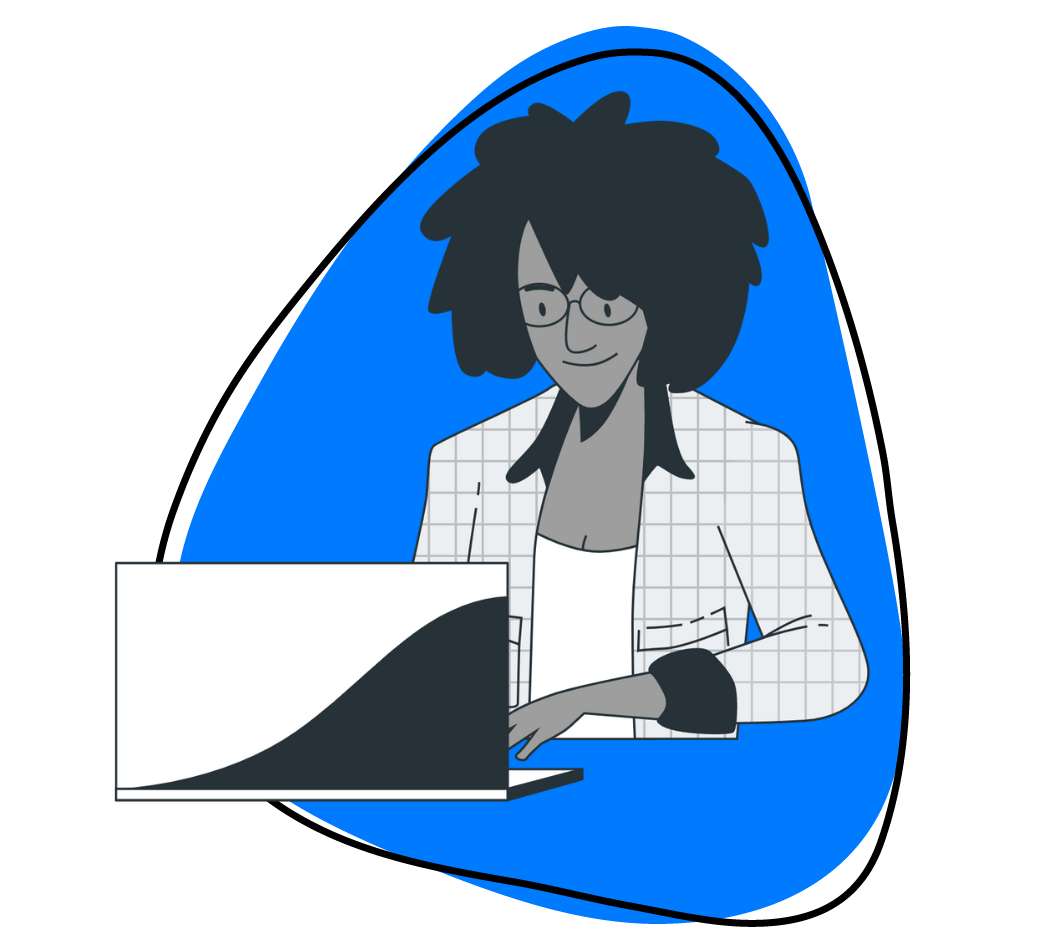My customer marketing manager came to me really frustrated the other day.
“They didn’t get our email!”
We had hosted a recent customer roundtable to collect customer feedback.
We hadn’t heard from one of the customers we invited.
Why? The customer didn’t see our emails.
The truth is just like everyone, customers are bombarded by all forms of communication.
A recent report from Okta indicated apps are “here, there and everywhere”–companies use on average 88 applications and larger companies have a higher average of 175 apps.
Reaching out to your customers – even sending an email that is beneficial to them – and expecting a response is a failed strategy. You need to leverage different forms of technology to create stronger connections and ensure you’re engaging with you have a bidirectional customer relationship.
I’m going to dive deeper into some of the technologies that I use.
Email tracking tools, messaging, LinkedIn, and personalized videos.
Using technology to create more personalized customer connections
Here are some of the ways that I leverage technology to improve how I connect with customers:
Email Tracking & Automation
With fewer people traveling but with companies having to manage more and more vendors, customer success managers must leverage technology to ensure their messages are getting through.
I recommend that CSMs use an email plugin such as Outreach or Mixmax that allows for email engagement tracking, automated email follow-ups, and shared email templates.
These tools allow you to see if your emails are being opened so you can resort to other techniques if you don’t see any activity. Shared email templates allow CS teams to leverage the best-performing content and messaging to get the highest response rates. These tools also sync with your CRM so that everyone in your organization can see a timeline of the various conversations between you and your customers. These tools also include automation which allows you to automate follow-up if a customer hasn’t responded.
These tools further enhance my communication as I can include relevant customer data from our CRM such as how many seats of our software they’ve used.
This can make my emails more enticing.
A very simple example is that I let our customers know when they are coming close to their seat limit based on what they have purchased and provide them options so that they can get ahead of this before they hit their limit. These tools and similar functionality that may come with your customer success platforms are table-stakes. You need to beef up how you leverage email today.
Messaging
Most likely you have clients or customers in different countries. Different countries have different preferences for how they want to communicate. It’s best to establish how your customers want to engage with you and set expectations upfront.
WhatsApp. I have customers in Brazil that prefer to connect via WhatsApp. I have no concerns using this platform and jumping on a quick video or call using the app.
SMS. Other customers prefer SMS so we text each other when we need to communicate more time-sensitive information. I would only caution that some CSMs rely too much on text messaging when what they really need to do is to pick up the phone or schedule a quick video call. If you have an emotionally charged message to send, get on a call.
Social Networks
I’m looking forward to meeting up with my customers in the metaverse, but we’re not there just yet.
LinkedIn. At the moment my go-to social network strategy is to always connect on LinkedIn with clients that I positively engage with. I usually send a quick message with my connection request. Something like this: “It was nice meeting you on our call this week. Thanks for being part of the Kustomer community”. This gives some context to my invite.
Now that you’re connected, you also have a new channel that you can message your customers on. I’ve leveraged LinkedIn messaging from time to time when my emails were ignored or I want to send a personal message of congratulations based on something they’ve achieved.
I’m not connecting with customers to pad my own social stats. Connecting on LinkedIn gives me an opportunity for me to form stronger relationships with customers as I often share information on LinkedIn regarding customer success and the industries I work in. This thought leadership can increase your credibility and propel you to the strategic advisor status that customer success professionals should be striving for. Automation tools like Linked Helper can further streamline this process by automating connection requests and follow-up messages, ensuring you stay proactive while saving time.
Below is an example in which one of our customers, Dan Brady, mentioned my substack blog that is geared to customer success and customer experience professionals.
I can also better engage with my customers when they share on LinkedIn and understand what is important to them. I can also celebrate their company and personal achievements such as their promotions.
One of my greatest sources of pride is having customers that I worked with several years ago either comment on my posts or message me on LinkedIn. I feel that I really did achieve my goal of creating partnerships for life regardless of the current roles either of us is now in.
Here is an example of a customer commenting on a post in which I announced I had just received my permanent residency status to live in the US.

Nichole is a customer I worked with over 10 years ago when I was a CSM at Eloqua (now Oracle). I love knowing that I made a difference when I worked with her.
LinkedIn also helps you connect with new customer stakeholders. When there are changes in your customer’s organization, LinkedIn may give you a clue as to who you should be reaching out to go forward.
Personal Videos
With Zoom becoming more accepted and the rise of user-generated video platforms such as Instagram and TikTok, there has been a rise in the creation of personalized videos for business.
Screen recording tools have been around for a while but tools like Zight (formerly CloudApp) have been made it super simple to create and share quick personal videos with customers. For example, instead of sending a renewal reminder to your customers, why not record a short video presentation where you take your customer through the renewal terms? This may take a few extra minutes but it’s much more personal, increases the chances that your email will actually be opened, and allows you to track if your customers have accessed it.
Afraid of what you look like on video? Don’t be.
Showing your human side demonstrates vulnerability which builds trust. This also creates a completely new way for customer success teams to experiment and try new techniques. I believe that personal videos for business are still in their infancy. Watch out for further developments in this space.
Conclusion
These are just a few of the techniques I use. I also recommend that you should go where your customers are. This may mean joining online communities where they hang out and participating there. I’ve also found Slack channels with customers to be an effective way to communicate – especially when there is a need to engage in real-time. You just need to ensure that proper expectations have been set so your customers don’t expect immediate responses on Friday night at 10:00 pm. That can set you up for a poor customer experience.
We’re at the cusp of a much larger movement to create more personalized connections via technology. There will be a blurring of lines between personal and business tools and you will need to decide how you best leverage these.
Keep in mind that we’re all human and we have a fundamental need to connect. How are you going to leverage technology to build stronger relationships with your customers?”












